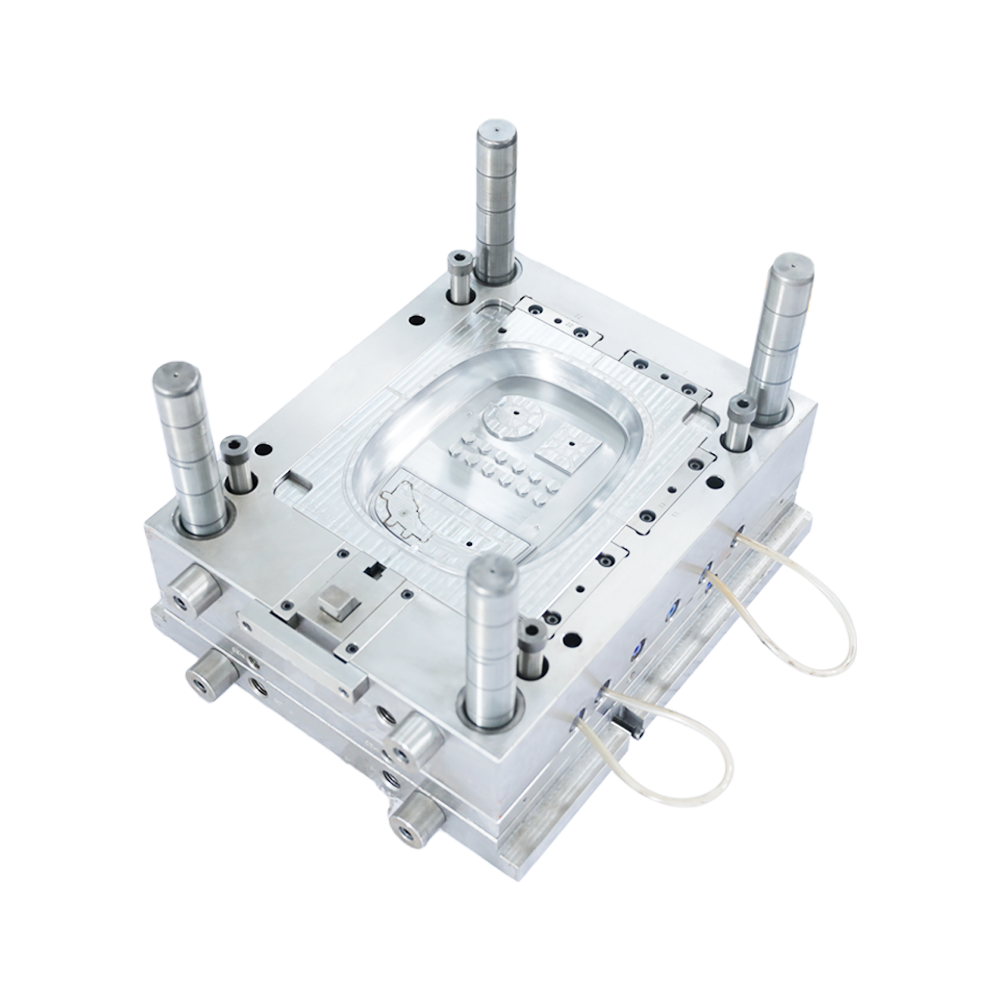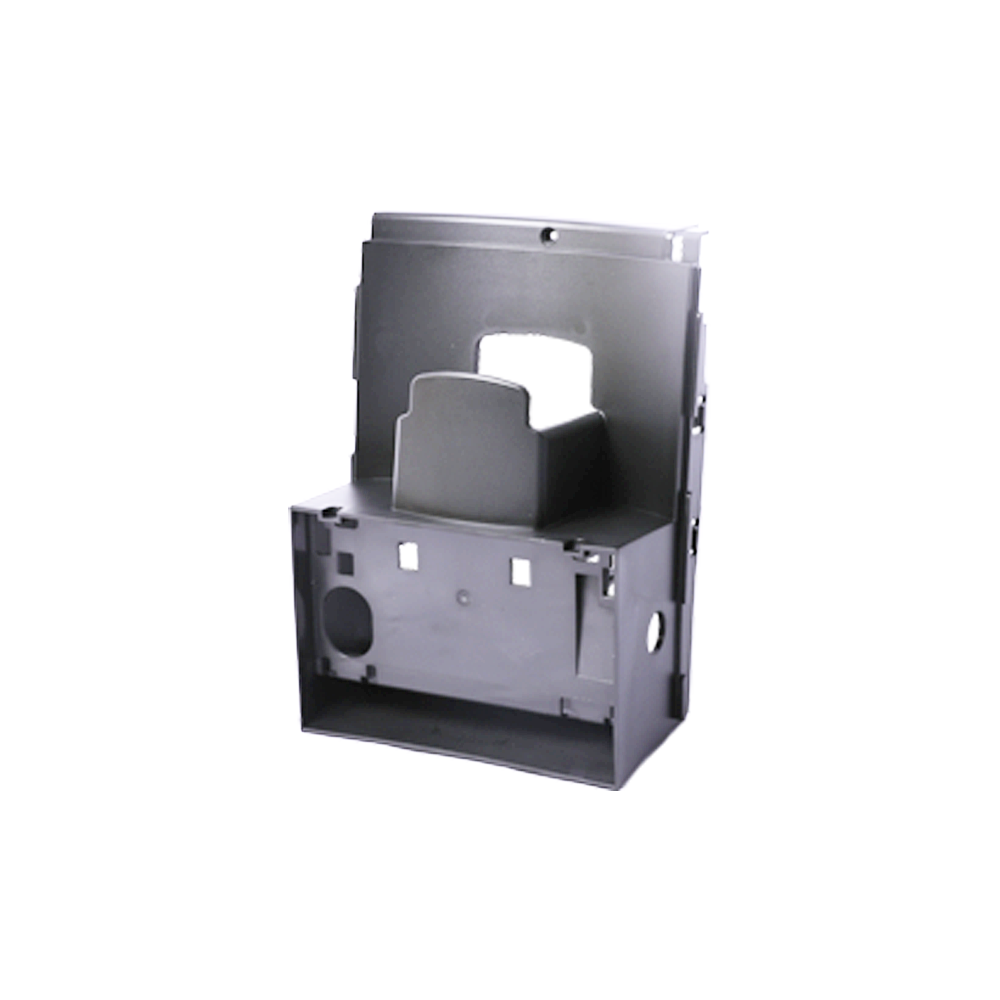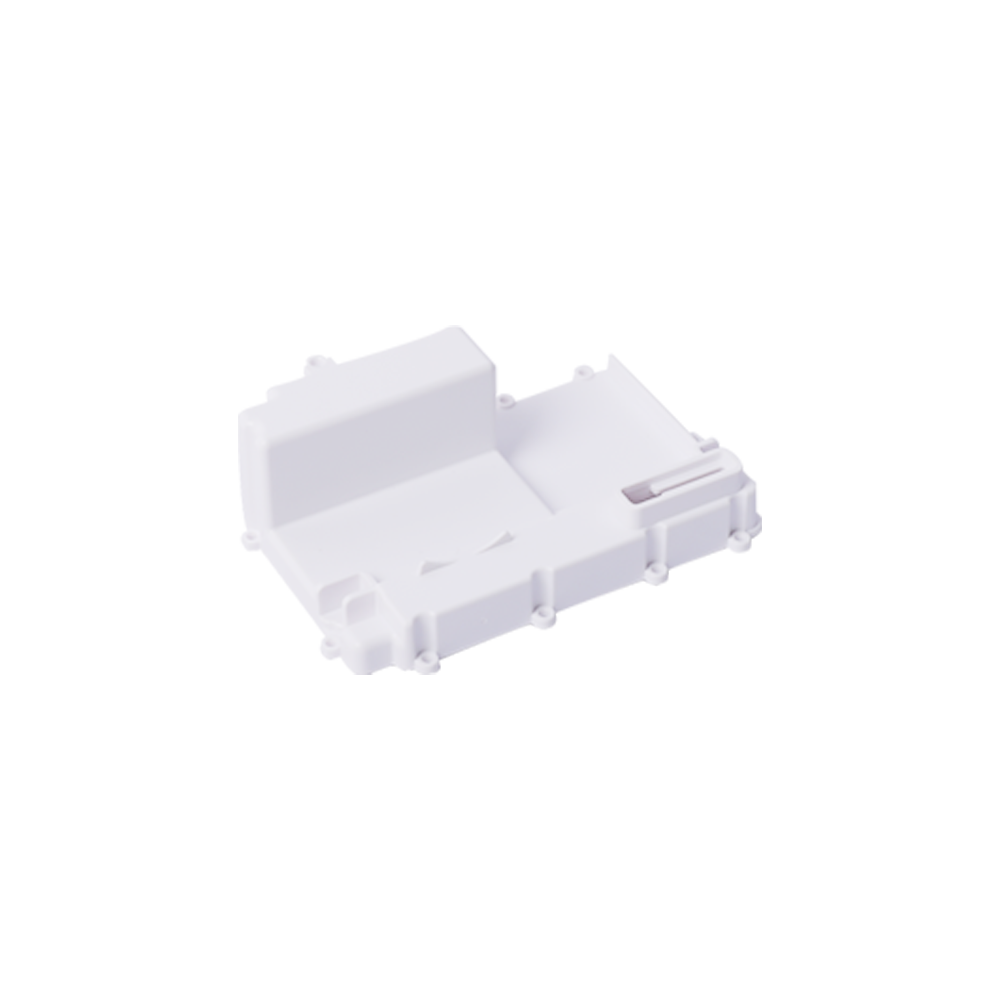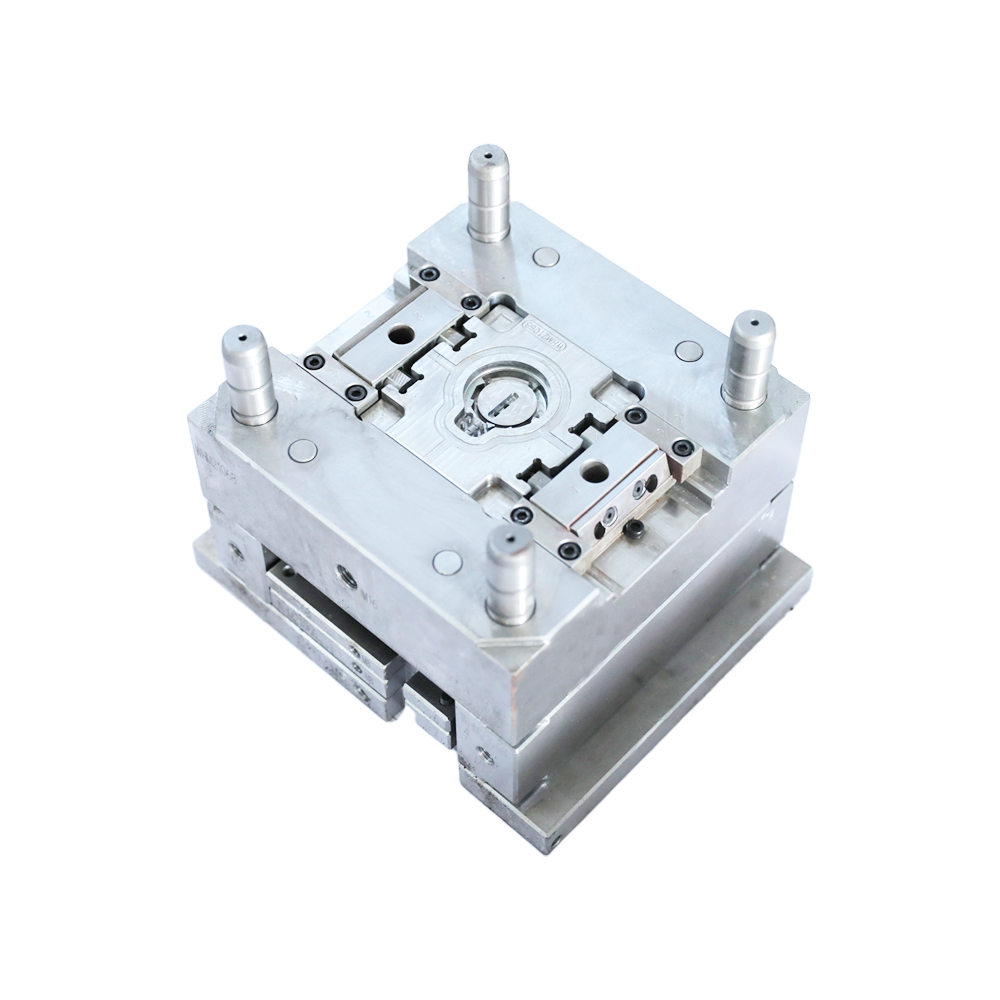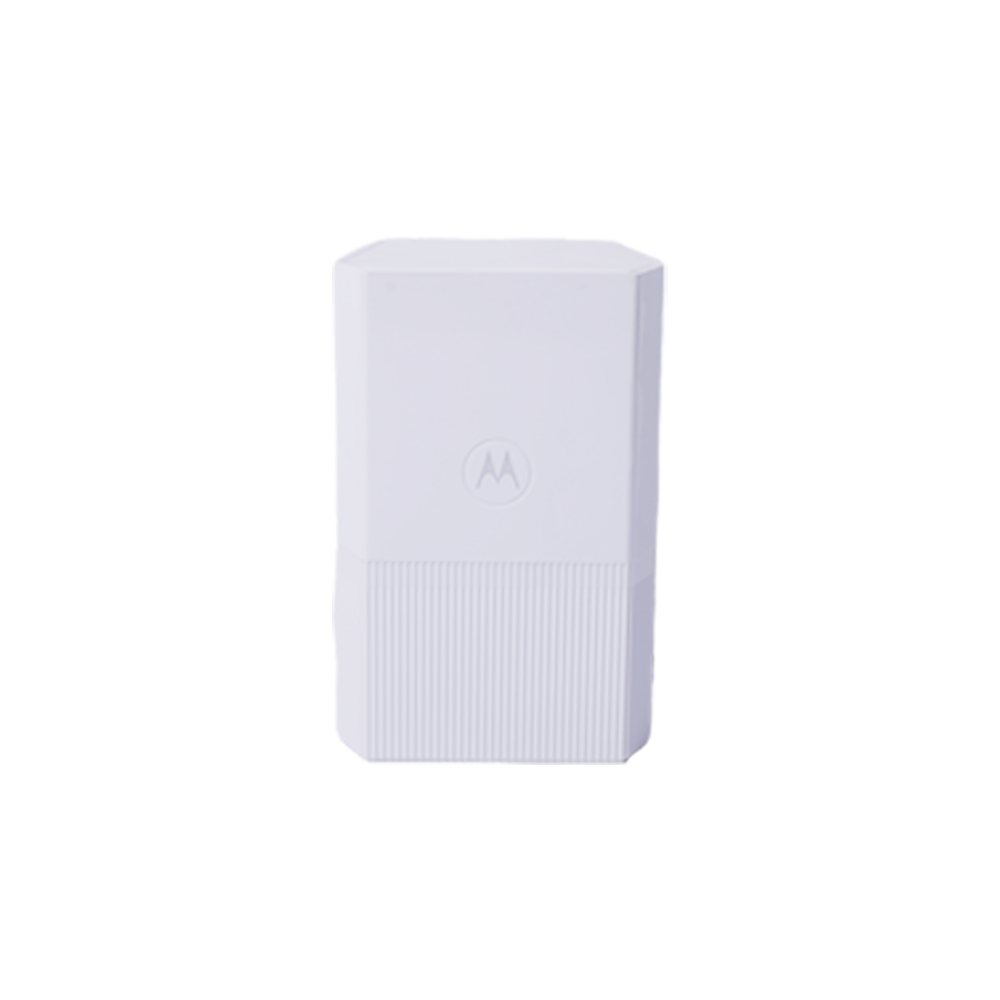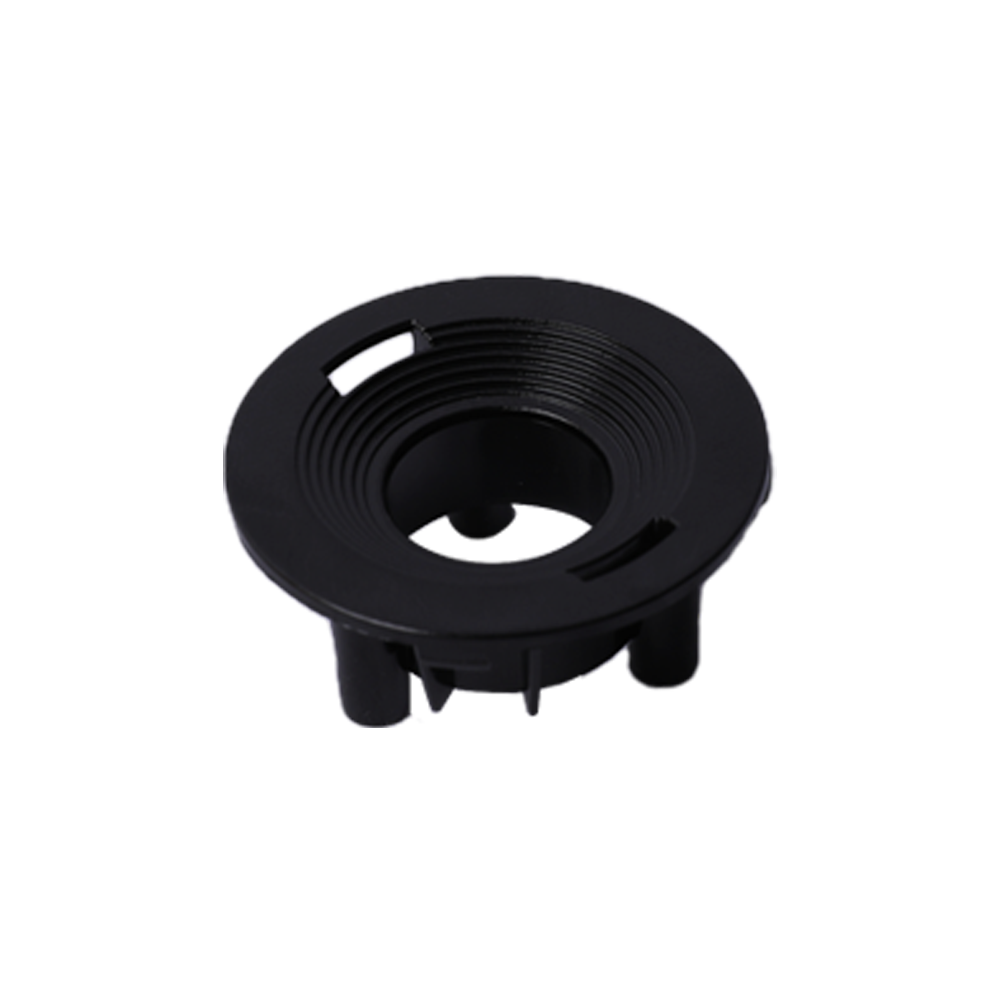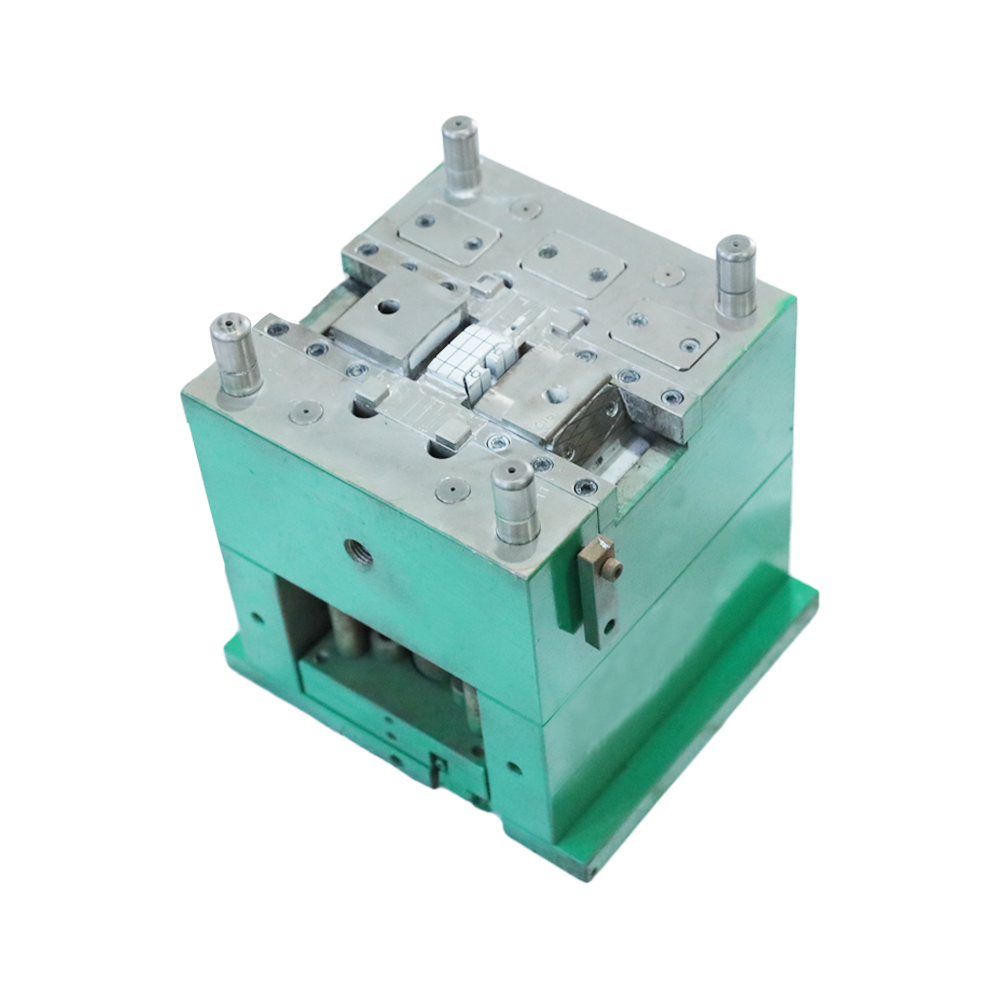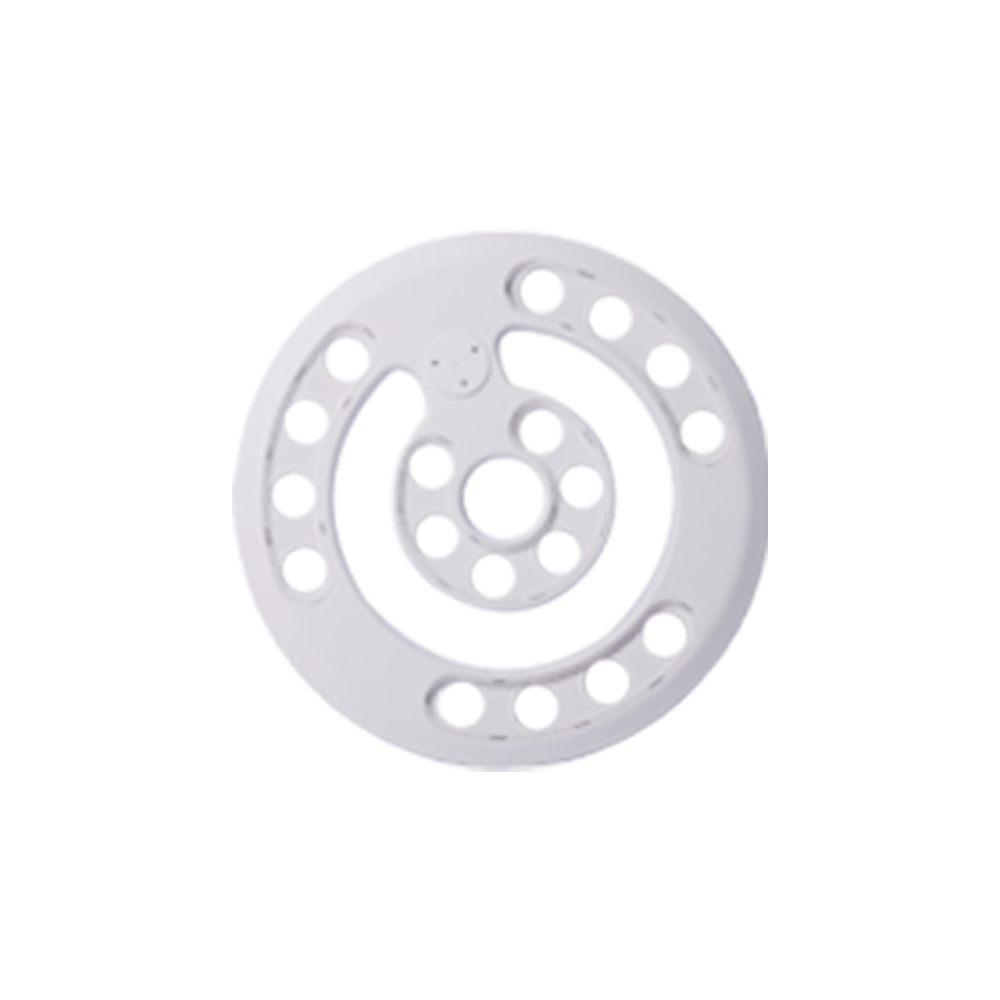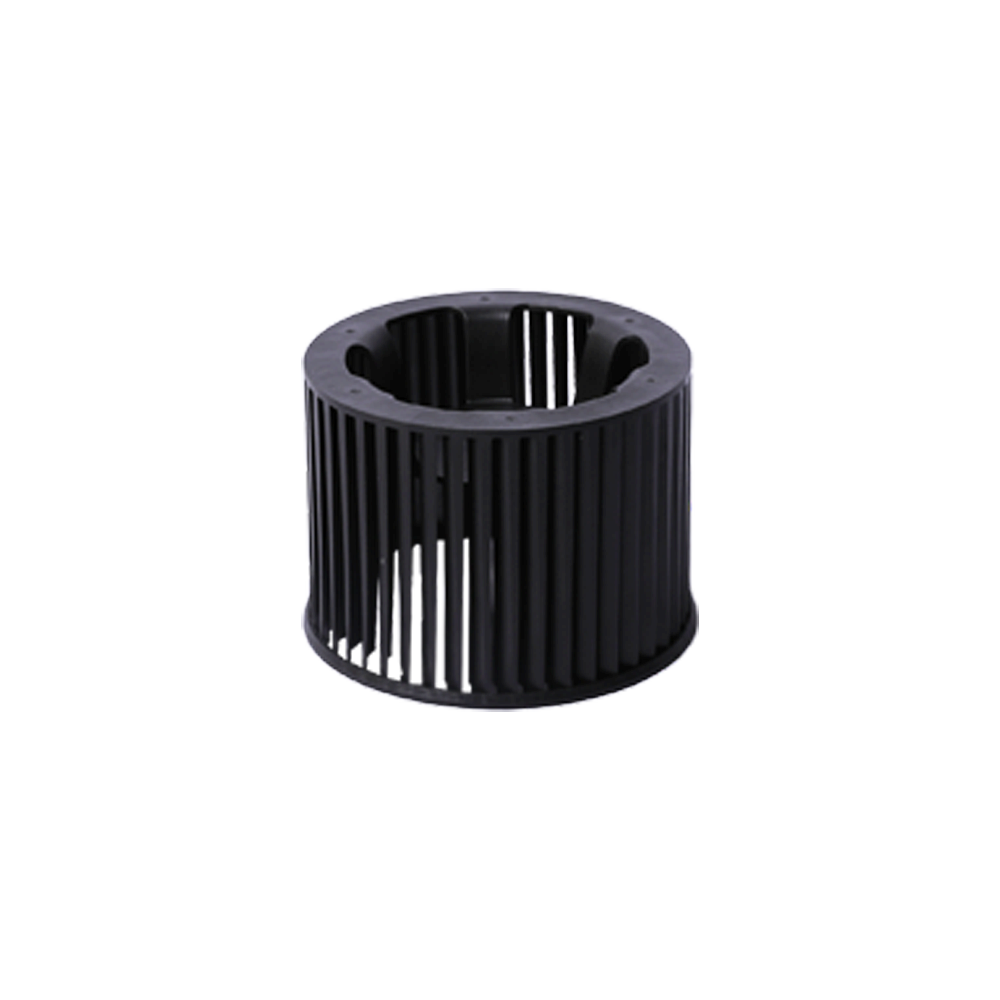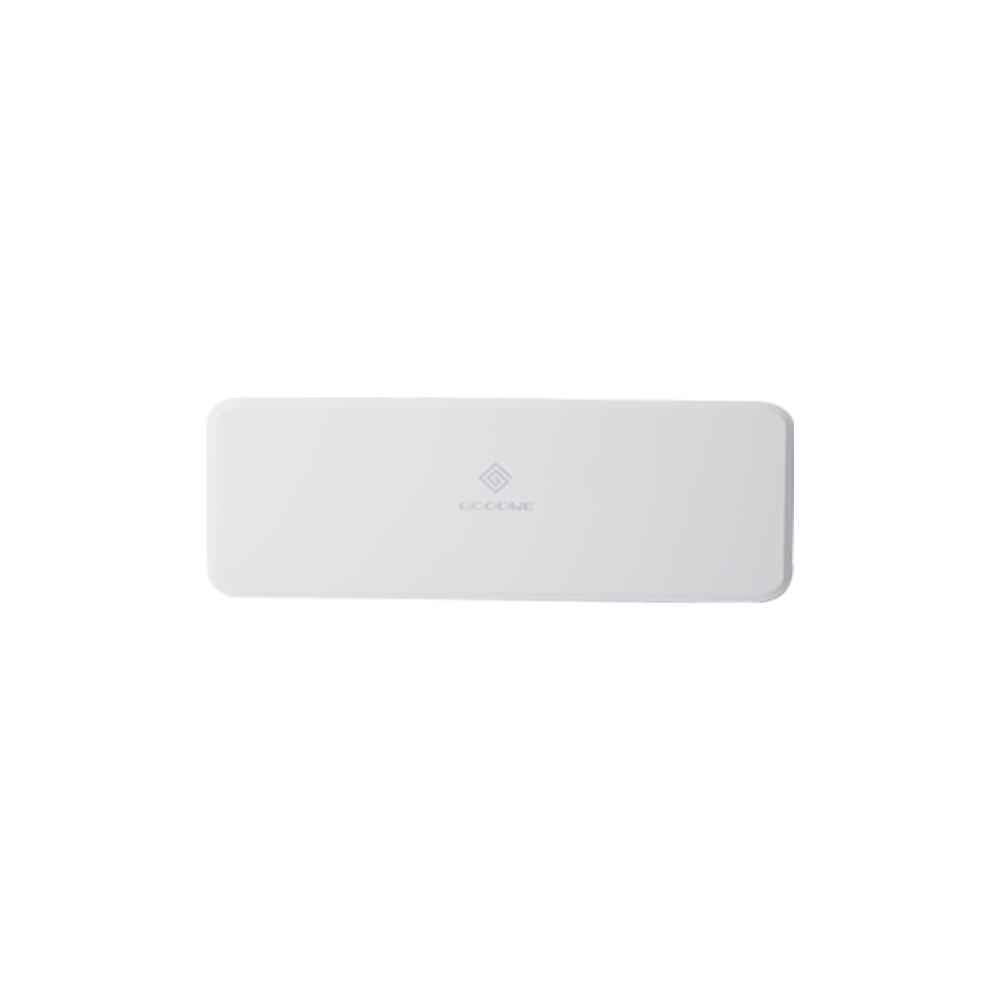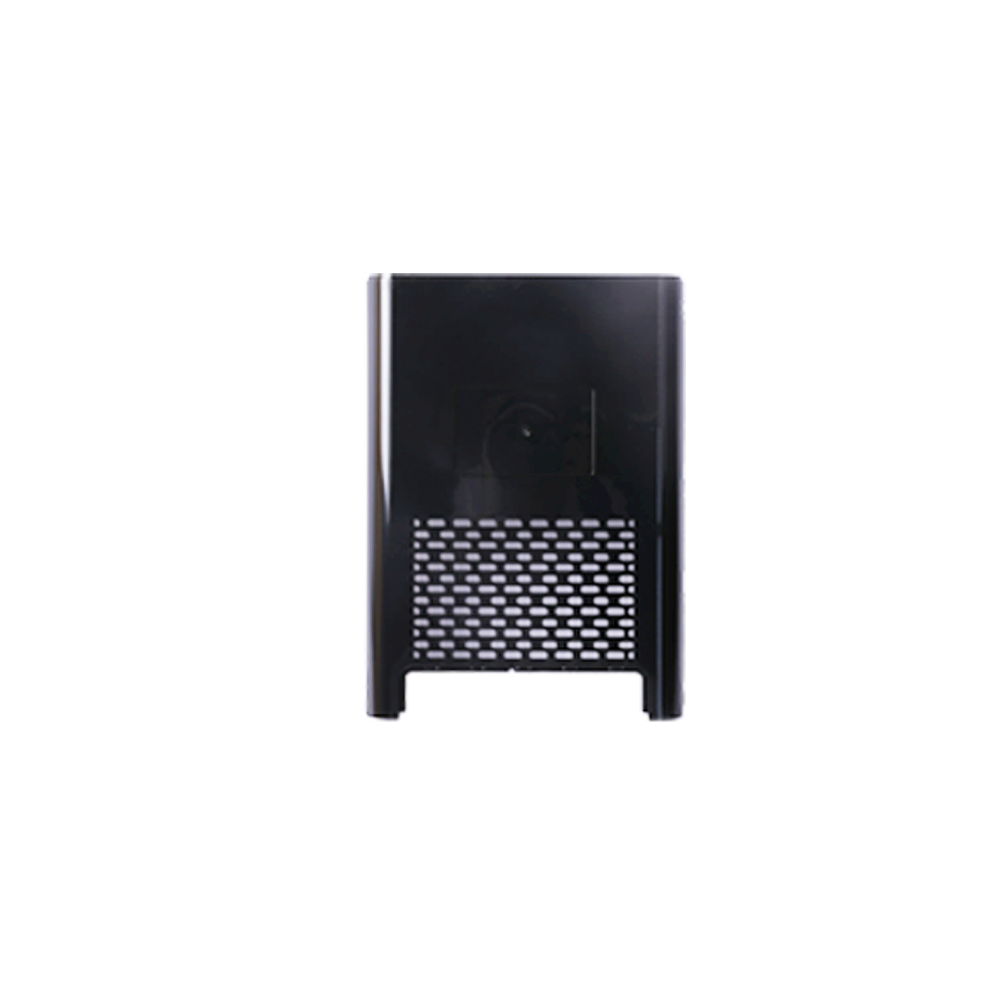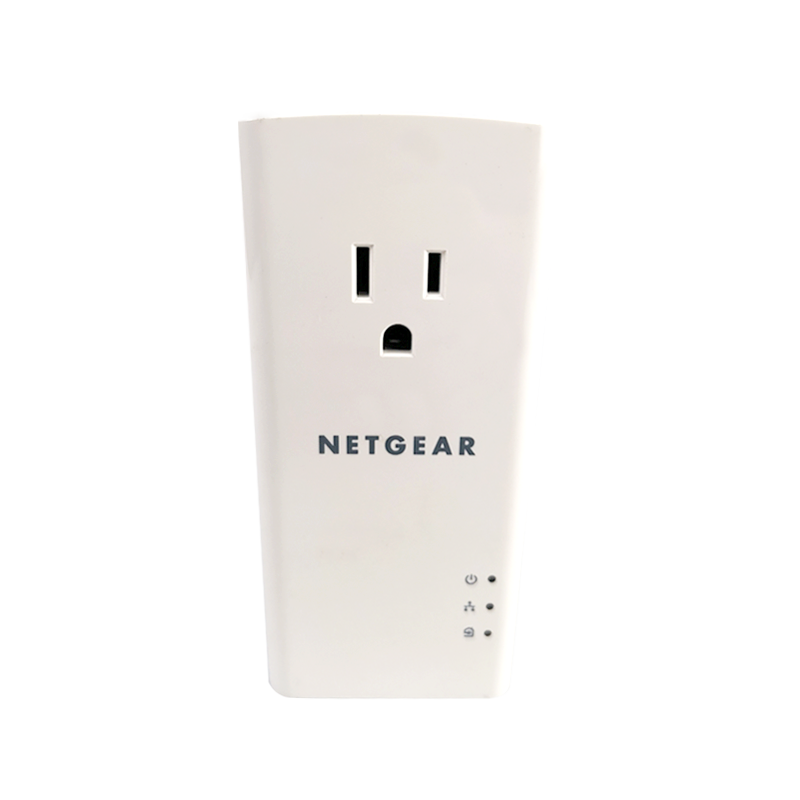Continuous molds are various molds and tools used in industrial production to obtain products by injection molding, blow molding, extrusion, die-casting, forging molding, smelting, stamping and other methods. It mainly realizes the processing of article shape by changing the physical state of the formed materials. It is known as the "Mother of Industry". It is widely used in blanking, die forging, cold heading, extrusion, powder metallurgy parts pressing, pressure casting, and plastic or injection molding of engineering plastics, rubber, ceramics and other products.
1. Single side belt type:
Widely used in connector terminals, small stamping parts.
2. Double side feeding type:
It is mainly applicable to large stamping parts with complex features, high bending height, wide material width, and easy deformation in the process of belt conveying. If it can not be conveyed by single side belt, double side belt can be selected.
3. Double belt type:
The double belt type is mainly evolved from the double side belt type, which is also designed to save materials. When the double side belt type is used, two side belts are required to carry materials. If a side by side belt is added, the materials of one belt can be saved. This design can also produce different stamping products, but the stamping products need to have the same quantity at the same time. This restriction is not applicable to the arrangement of the same stamping products.
4. Double independent belt type:
The double independent material belt is generally designed to save materials. Two stamping products are arranged in pairs to save materials. Two different stamping products can also be pressed at the same time on one side of each row. For example, when stamping different products, the stamping products must have the same quantity required at the same time. This restriction is not applicable to the arrangement of the same stamping products.
5. Intermediate belt type:
It is mainly applicable to products with low size requirements and stamping accuracy. This design method can generally improve the utilization rate of materials, but the stamping accuracy and stamping speed are relatively poor. It is generally not recommended to use this design mode.
 +86-15995701933
+86-15995701933 [email protected]
[email protected]- OEM Plastic Mould Manufacturers

 ��������
��������
